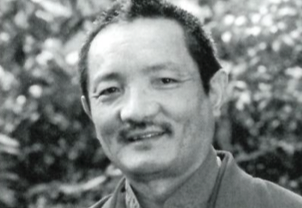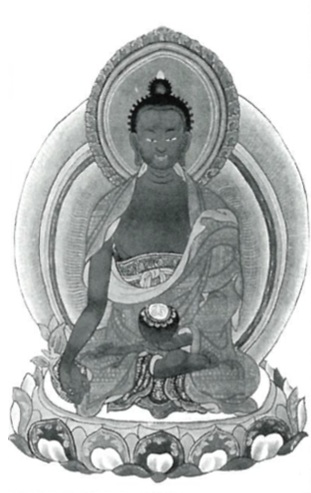Boundless Healing
Meditation Practices to Enlighten the Mind and Body
Tulku Thondup
Shambhala Publications:
Boston, 2000
224 pp.; $22.05 (hardcover)

This is a volume of instructions on Tibetan Buddhist meditation practices—practical, simple, and profound. It contains directions from the Vajrayana Buddhist tradition for feeling better, whether the trouble is a glum mood, chronic anger, or cancer. A companion volume to his earlier work, The Healing Power of Mind, this book is a kind of superior how-to manual of various kinds of Buddhist meditations for “enjoying an awareness of peace, the ultimate peace of existence.” It is not the place to go for philosophy, for background and explanations of the Tibetan Buddhist way. Rather, like a cookbook, it is a source for readers who want hands-on instructions on how to practice simpler meditation techniques. And, as in the better examples of the genre_for instance, Julia Child’s classic Mastering the Art of French Cooking—the steps are clear enough for beginners, yet also challenging enough for old hands.
Boundless Healing starts with beginning techniques—to lift readers who are wallowing in gloom out of the mud and into a frame of mind positive enough to begin the work of meditation—and Thondup does this by reaching out for examples outside of the Buddhist framework. During negative times, look for slivers of the positive. He quotes the memoirs of the Auschwitz survivor and psychiatrist Viktor E. Frankl, who describes moments of rest and contentment experienced by prisoners lying crowded on their bunks. “Trust that the body and mind are inseparably connected and that meditating is powerful and effective,” Thondup writes. Those who are too skeptical to believe that should simply try to suspend judgment while meditating.

Having encouraged the reader to get going with faith and a positive attitude, Thondup embarks on increasingly sophisticated meditation techniques. He teaches twelve states of meditations on healing, starting with exercises intended to be grounding and calming, and to open one’s mind. The exercises progress: slowly scanning the body, the details of the head, the brain, the tongue, the ear canals, and so forth. Then they go deeper, visualizing the body as being made of an infinite number of cells “shining with bright, colorful, radiant light that blossoms with health and healing.” Each shining cell is seen as being vast as the universe and filled with waves of healing energy and light. He gives instructions on chanting, further specific visualizations, and simple physical exercises. And finally, he writes about sharing the healing and goodness evoked within oneself with one’s loved ones, with other people, and ultimately with the whole universe.
If this sounds a bit overwhelming, Thondup makes the practices sound doable. He starts with the groundwork and proceeds at a gradual, logical pace. Even a doubtful reader might be persuaded to give them a try.
Thank you for subscribing to Tricycle! As a nonprofit, we depend on readers like you to keep Buddhist teachings and practices widely available.